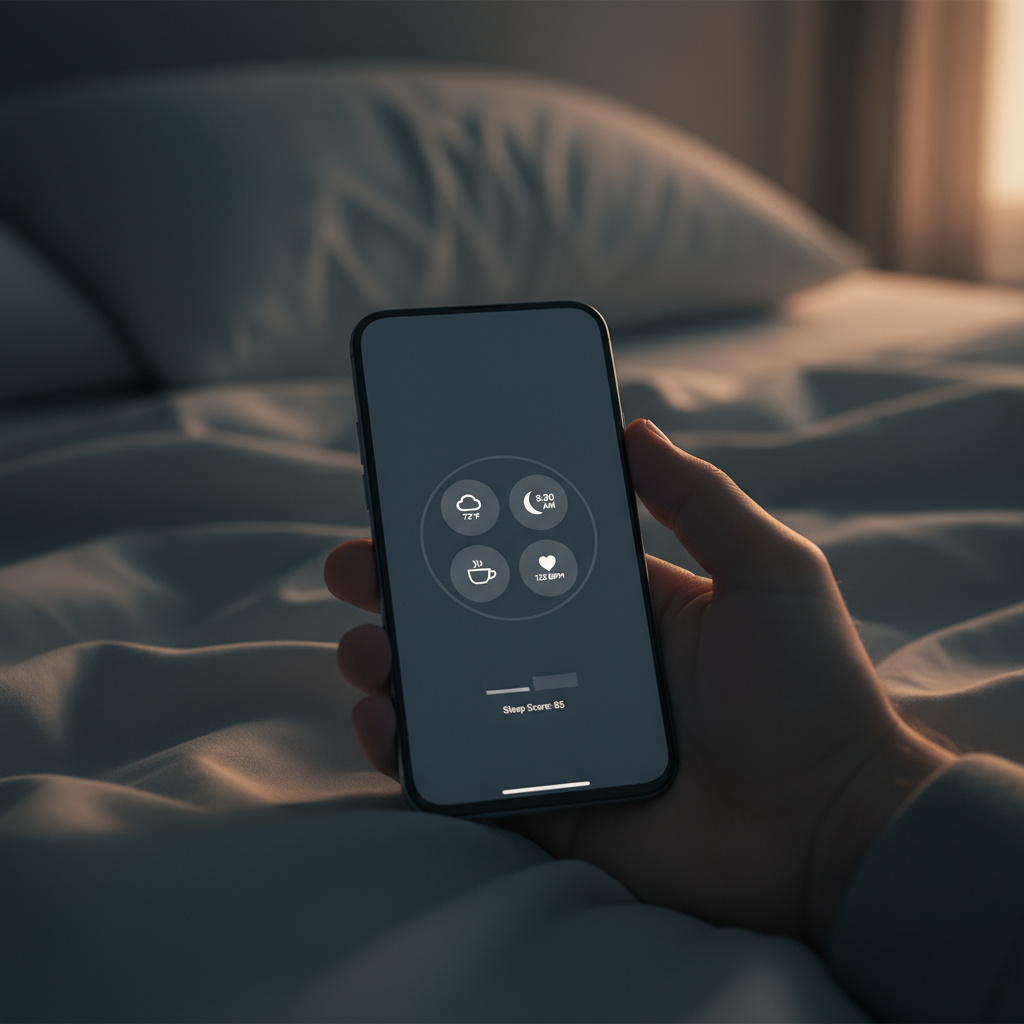Is Android’s Always-On Display About to Get a Whole Lot Smarter?

Let’s be honest, the always-on display (AOD) on most Android phones, while convenient for a quick glance at the time or notifications, often feels…underwhelming. It’s a tease of potential, a subtle promise of something more useful that rarely materializes. But that could be about to change. Whispers are circulating that Android is gearing up to transform the AOD into a miniature, interactive home screen. Imagine a world where you can control music, check weather, or even initiate quick actions without fully waking your phone. Sounds intriguing, right?
A Mini-Home Screen on Your Sleepy Phone?

The current always-on display largely mimics the lock screen, showing the time, date, and basic notification icons. This works, but it lacks depth and true interactivity. The rumored upgrade promises a more dynamic experience. Instead of passive information, your AOD could soon feature interactive widgets. Think of it as a tiny preview and control center for your most essential apps and functions.
What Could This New AOD Actually Do?
The possibilities are exciting. Imagine seeing the current weather forecast right on your AOD and tapping it to get a more detailed view. Or, consider controlling your music playback – skipping tracks, pausing, or adjusting the volume – all without unlocking your phone. Quick access to calendar events, timers, and even smart home controls are also plausible scenarios. This would allow users to interact with the information they need without the interruption of completely waking up their phone.
Beyond Basic Widgets: Contextual Awareness?
Going even further, imagine the AOD adapting to your current context. Perhaps it displays your boarding pass when you’re at the airport, or shows upcoming meetings as you approach your office. This level of intelligent integration could truly elevate the AOD from a simple display to a genuinely helpful assistant. It’s a move beyond mere information and towards anticipatory assistance.
Why This Matters: Convenience and Efficiency
This potential AOD revamp isn’t just about adding bells and whistles. It’s about streamlining our interaction with our phones and making the most of the available screen real estate, even when the device is seemingly “off.”
Reducing “Wake-Up” Time
Every time we unlock our phones, even for a fleeting moment, it disrupts our focus. By enabling more actions directly from the AOD, we can significantly reduce the number of times we fully engage with our devices, leading to a more focused and less distracted existence. Imagine never having to unlock your phone just to pause a song. It’s these small efficiencies that can accumulate throughout the day.
Extending Battery Life (Potentially)
While a more feature-rich AOD might seem counterintuitive to battery conservation, it could potentially extend battery life in certain situations. By minimizing the need to fully wake the device for simple tasks, we reduce the power consumption associated with screen brightness and processor activity. Of course, optimized software is crucial to prevent an overly active AOD from draining the battery more rapidly than the current setup.
Challenges and Considerations
Implementing a mini-home screen on the AOD isn’t without its challenges. Google needs to carefully consider several factors to ensure a smooth and user-friendly experience.
Battery Drain Optimization
As mentioned earlier, battery drain is a primary concern. Google needs to develop efficient algorithms that minimize the AOD’s power consumption, ensuring it doesn’t become a significant drain on battery life. This will likely involve smart refresh rates, optimized code, and user controls to customize the AOD’s behavior.
Security and Privacy
Displaying sensitive information on the AOD raises security and privacy concerns. Google will need to implement robust security measures to prevent unauthorized access to personal data. This might involve using face unlock for certain AOD actions or allowing users to customize which information is displayed. It is critical that users are in control of what is displayed when the phone is locked.
UI Design and Clutter
The AOD has limited screen space. Cramming too many widgets or elements onto the display could lead to a cluttered and confusing user experience. Google needs to carefully design the UI to ensure it remains clean, intuitive, and easy to navigate. This may involve utilizing scrolling or swipe gestures to access different widgets.
The Future is…Always On?
The prospect of an enhanced always-on display is undeniably exciting. It has the potential to transform how we interact with our Android devices, making them even more convenient, efficient, and personalized. While challenges remain in terms of battery optimization, security, and UI design, the potential rewards are significant. If Google can successfully navigate these hurdles, the always-on display could finally live up to its name, becoming a truly indispensable feature that adds genuine value to our daily lives.

